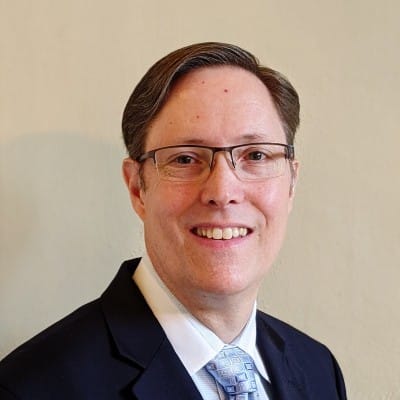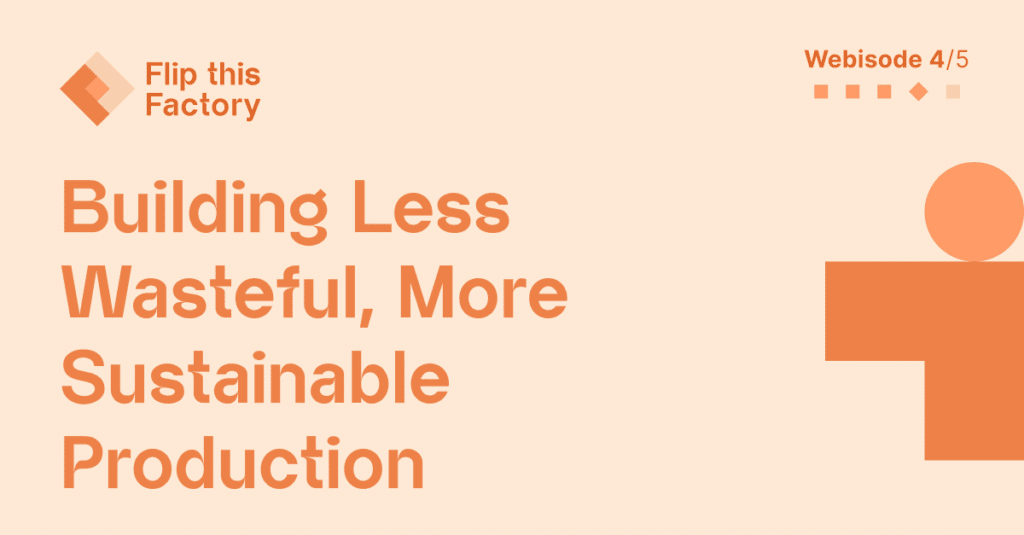
The Industry 4.0 success story of the Global Lighthouse Network deserves applause. However, now it’s time for the real work, according to James Newman, Augury’s Head of Product and Portfolio Marketing. “How are we going to go from solitary points of light in an ocean of darkness, to illuminating the full map?”
Sharing Innovation-Driven Success
The Global Lighthouse Network of the World Economic Forum (WEF) currently brings together 132 manufacturing sites using Industry 4.0 innovation to achieve remarkable improvements in terms of productivity, sustainability and resilience. The ultimate goal of this network of frontrunner leaders is to share knowledge and best practices so these innovations can be scaled across organizations.
Released during the WEF’s Annual Meeting 2023 at Davos, the white paper ‘Global Lighthouse Network: Shaping the Next Chapter of the Fourth Industrial Revolution’ is a collaboration with McKinsey & Company. At its core, the paper offers three recommendations by which companies can tap into these success stories: “build a clear, value-driven strategy, invest in people and set up the right governance.”
Read: ‘Who’s Going To Build The World’s First Sustainable Supply Chain?’
As a member of the network’s Advanced Manufacturing and Value Chains platform, Augury certainly applauds and supports these continued efforts. Unfortunately, lighthouses remain a problem by definition: for too many organizations they are solitary lights in an ocean filled with darkness (and the accompanying shipwrecks).
From Spotlights to Floodlights
The challenge is indeed scaling. Recently, Augury did a webinar with LNS Research where these industry transformation specialists discussed a common chasm their customers face: while they can build a lighthouse, they can’t build on that magic to create a network of lighthouses across their organization.
So, how can we bring the light of the poster child to all your problem children – such as #37 on your list of 50 locations?
Bringing High-Level Advice Back Down To The Factory Floor
Companies seeking to scale are largely following WEF’s solid advice. First off, they have built a clear value-driven strategy, which is based on specific use cases to avoid getting mired down in pilot purgatory. Secondly, they are investing in people by increasing their capabilities and access to resources. And thirdly, they have set up the governance needed to capture any generated value – to inspire all involved to happily continue down this path of innovation.
But why does it stop with one lighthouse? Because, while the recommendations are solid, they remain very top-level e-suite conversations. We need to bring it back down to earth and make these recommendations more tactile and tactical for all the people involved.
‘Culture Eats Strategy for Breakfast’
So, what does “investing in the people” really mean? My role is almost 100% involved in creating great digitally-driven strategies and how we transform them into reality. But I also bow to that famous Peter Drucker quote: “Culture eats strategy for breakfast.”
In other words, if you don’t loop in the individual culture of each specific site, there will be no transformation. You can’t just throw tech and training at them and see what sticks. Each site is different. You have to solve the things that ruin their day, such as machines failing, processes having defects, being overwhelmed by data or being just plain-old overworked. Solve those challenges and that creates a situation people at the site will want to buy into.
Although organizations have corporate cultures they work hard to build, the reality is, every site is unique. So, assuming what worked at one site will work at another without modification will always result in a less than stellar outcome. You need to go site-by-site and pick a unique starting point for each one so you can change the culture from the inside – while giving them the space to be successful on their own terms.
Work For The Best Future for ALL your Teams…
Let me come in from a different angle with another quote: “AI will not replace you. A person using AI will.” In the context of this conversation, the people at the lighthouses are people who want to use AI. Why do I know this? Because that’s why those factories are lighthouses. These are people who want to use this cool new cutting-edge stuff – they are convinced of the value.
Hence, the deeper dive challenge becomes: How do you convince the guy on the shop floor who’s been working his job for a decade or two of the value of this tech? He does his job. He has a lot of institutional knowledge. But he still gets yelled at for underperforming – for being one of the worst in the company.
It’s not as if he wants to perform badly. He goes to work every day knowing it’s going to be a challenge. And sure, he’s taken some courses. He’s also seen pilot projects come and go. So far, nothing has worked. He’d love to go to work happy. He’d love to improve. In fact, he’s probably tried – and a couple of things probably already worked for him. How do you build on that? What are you going to do to help change his working world so we all win? How do you get him excited about innovation?
When Culture Meets An AI-Driven Strategy
Transforming every one of your sites into lighthouses isn’t easy, nor is it simple. It is possible, however, when culture meets an AI-driven strategy that enables your teams to create new cultures and transform how people work. Yes, even at the sites today that rank in the bottom of your productivity. So, let’s start with that one guy at Factory #37 and take it from there.
To scale, you need to listen to his story and those of his colleagues. But that’s only step 1. The real work is to help them find a better future that they can believe in, want to be part of and ultimately, makes everyone better, through introducing the right AI-enabled co-pilots that can help them see wins. Once they see that first success, transformation becomes endless.
Read: ‘Who’s Going To Build The World’s First Sustainable Supply Chain?’




